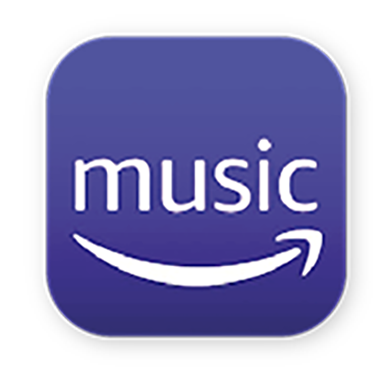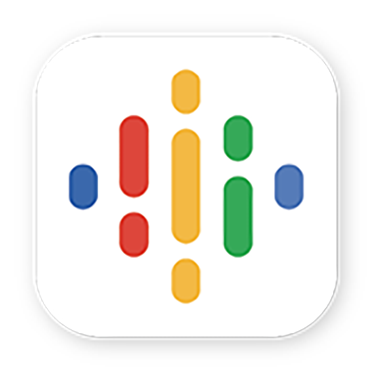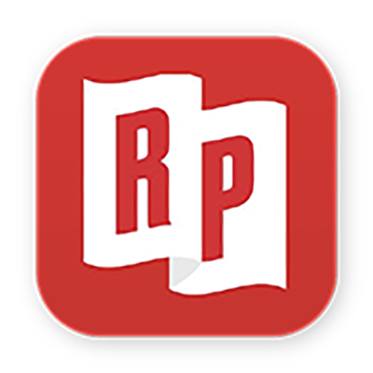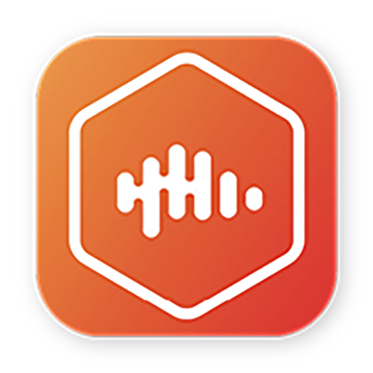Mike 27:28
What you said about research and about getting a sense of what the internal audience groups are thinking, that puts a much greater urgency on that. Because, you know, from my experience, sometimes you have people who run organizations on the basis largely of their opinions or on the basis of selected facts. And if you're able to present additional facts to them, it may have more impact on their speed at which they move in a different direction than trying to persuade them otherwise.
Dionne 28:08
Correct. And you speak there, Mike, to one of my favorite subject areas, which is critical thinking and the presentation of an argument. Of course, we know that when we say argument, we mean supporting your conclusions with data, supporting your conclusions with fact. It's one of the things I say to the media whenever they call me in search of sensation. I say to them, colleagues, mine is the business of dealing with the unsexy facts. And when you have information you would have coming on the issue of authenticity, I mentioned surveys and focus groups coming out of that. What you would have is a body of data. Now we can have data.
But of course, the argument is, how do we utilize that data? And that, again, is another area that requires a particular amount of focus, how do we utilize the data that we have to inform the leadership, for example, that the organization is in parallel, that the organization requires a shift in order to not go over the cliff, so to speak.
Mike 29:43
Using the data, we have to make the case for change, be it a change in structure, a change in direction, or just simply a change in attitude. Now, it's interesting that you say that because I actually started teaching a course on the subject on how to use measurement to engage with leaders and put actual facts on the table. You spoke about surveys. What kind of surveys do you use? And do you think much of the current crop of employee engagement surveys versus structured surveys that actually address an organization's specific challenges.
Dionne 30:23
Within where I currently sit, we've actually had a very rigorous drive arising out of an employee opinion survey that would have been done. It'll be in 2022 now, in 2021. And coming out of that, actually sit on a committee, a taskforce that was put together to address the issues arising but more than address the issues, action items will, or there was a list of about 16 action items to be addressed. And I assure you, they're all in various stages of execution at this time. So, we have actually taken all of the pain points of the employees, even pain points as deep as the refurbishment of offices. And this is being immediately addressed.
A lot of things are taking place in parallel, arising out of that an entire reward and recognition program is now in place—an employee program, where one of the references is cheers for peers. So you put structure into persons valuing and appreciating each other. So it is normalizing recognition, normalizing saying to someone, you did a good job. Thank you for that.
Mike 32:10
That is impressive. And it's impressive, not just because it conveys progress, but because certainly, in terms of what I've been seeing and hearing, it seems that you're very advanced and very responsive and very proactive in all of these areas. My last question is just, is there anything else you want to say? Is there anything else that we haven't covered that, that you think needs to be mentioned in this conversation?











.webp?width=480&name=email%20banner%20(5).webp)
.webp?width=480&name=email%20banner%20(4).webp)
